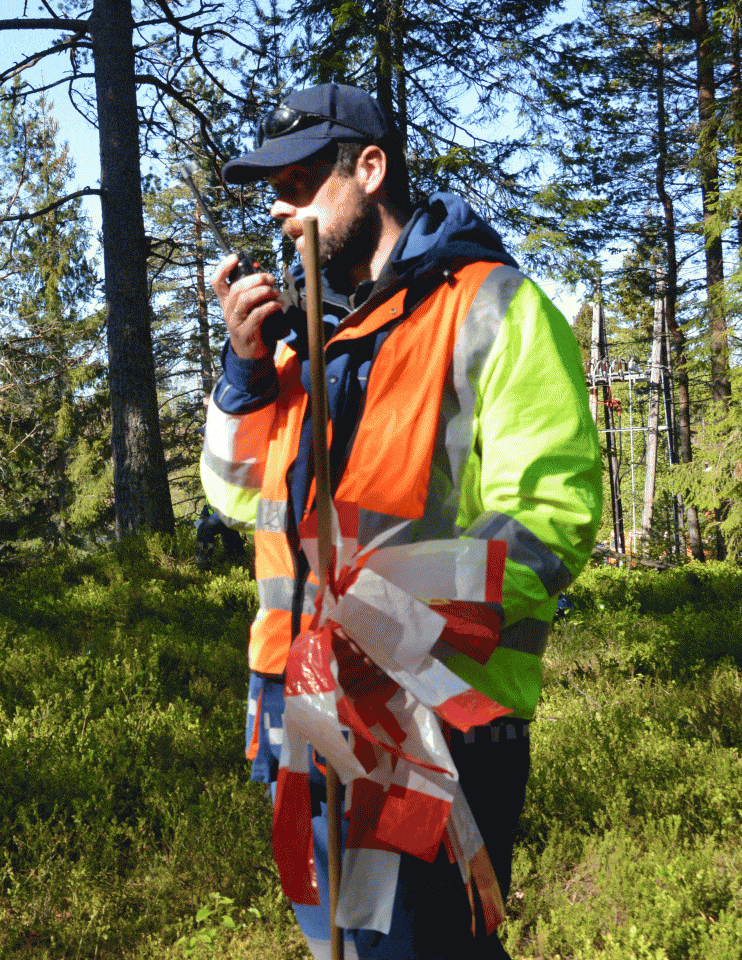The two main components of a “reflective vest” are fluorescent background materials and reflective materials. The fluorescent background material provides day time visibility and the reflective materials provides night time visibility. It is the combination of these materials that provides for 24 hour visibility.
Visibility
The human visual system is a complex science. There are many aspects involved from when a person first detects an object until a person can identify exactly what something is. In current norm making, form and movement recognition are central concepts. By combining the properties of fluorescent and reflective materials together with design requirements, the correct garment for the right purpose can be constructed.

Fluorescent Colours
Put very simply – fluorescent materials are materials that absorb UV light. UV light is not visible to the human eye. The material then emits the light in a longer wavelength visible to the human eye. UV light only exists during daytime conditions.
The most striking effect of fluorescence occurs at dusk and dawn. For the purpose of PPE and CE marking, the colours providing conspicuity are clearly defined. It is then up to the user to choose the colour giving the best contrast to the environment for the intended area of use. As an example, orange may provide better contrast against a snow covered background than yellow.
Reflective Material
Retroreflective materials are materials that reflect light or other radiation back to its source.
The use of reflective materials provides night time conspicuity of the wearer so they are safely and effectively visible in the light of an approaching driver’s headlamps. Best effect is achieved when there is a small angle between the light source directed towards the material and the viewer.
Minimum performance levels are defined for PPE and CE marking purposes. Current technology allows the use of microprismatic and glass bead type materials.